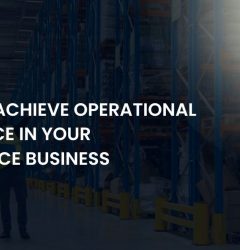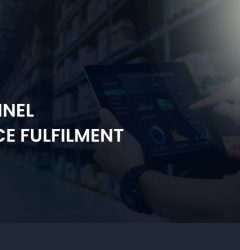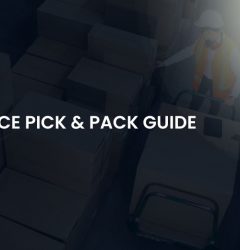25 Jun
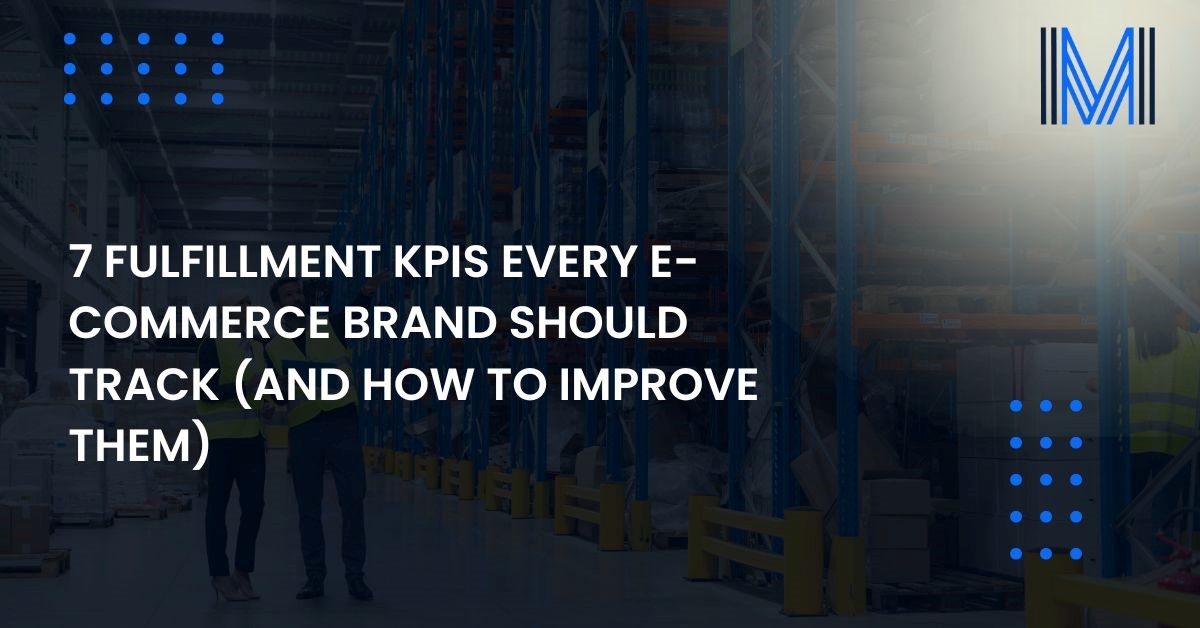
The eCommerce world moves fast. From cart to customer, every second counts and your fulfillment process is no exception. With rising customer expectations and increasing competition, delivering accurately, on time, and at scale is no longer optional.
Tracking ecommerce fulfillment KPIs is the smartest way to stay ahead. Yet many businesses struggle with what and how to measure it and more importantly how to act on the data.
In this blog, we’ll walk you through the top fulfillment KPIs your brand should monitor, show you how to improve your order fulfillment process and provide actionable best practices to optimize performance. Whether you’re a growing DTC brand or scaling an enterprise operation, this is your roadmap to smarter fulfillment.
Stat to note: 73% of online shoppers say delivery is the most important part of the customer experience (source) and fulfillment KPIs are your way to measure and master that.
Top 7 KPIs to Measure and Optimize Fulfillment Performance
KPI 1: Perfect Order Rate
This metric tracks how many orders are delivered:
- On time
- Undamaged
- With the correct items
- Complete with proper documentation
A high perfect order rate is a leading indicator of customer satisfaction and operational excellence.
Pro Tip: Use fulfillment software that flags incomplete or damaged orders to track this KPI in real time.
KPI 2: Order Picking Accuracy
Errors in the picking process cause shipping mistakes, returns, and frustrated customers. This warehouse fulfillment KPI can be improved through:
- Barcode scanning
- Pick-to-light systems
- Staff training and incentives
Even a 1% improvement here can save thousands in return shipping and restocking costs.
KPI 3: On-Time Delivery Rate
Customers expect fast delivery and they’ll remember if it’s late.
According to surveys, 84% of customers say they won’t return after a poor delivery experience.
KPI 4: Order Cycle Time (Total + Internal)
This measures how long it takes from when a customer places an order to when they receive it. Breakdowns for internal processing (picking, packing) vs. shipping help identify inefficiencies.
This is one of the most telling key performance indicators in fulfillment for pinpointing bottlenecks.
KPI 5: Inventory Accuracy Rate
If your inventory records don’t match what’s on the shelf, fulfillment suffers.
Accurate inventory ensures:
- No overselling
- Fewer cancellations
- Higher customer trust
Use cycle counting, real-time tracking, and robust WMS tools to keep this KPI above 97%.
KPI 6: Return Rate & Return Processing Time
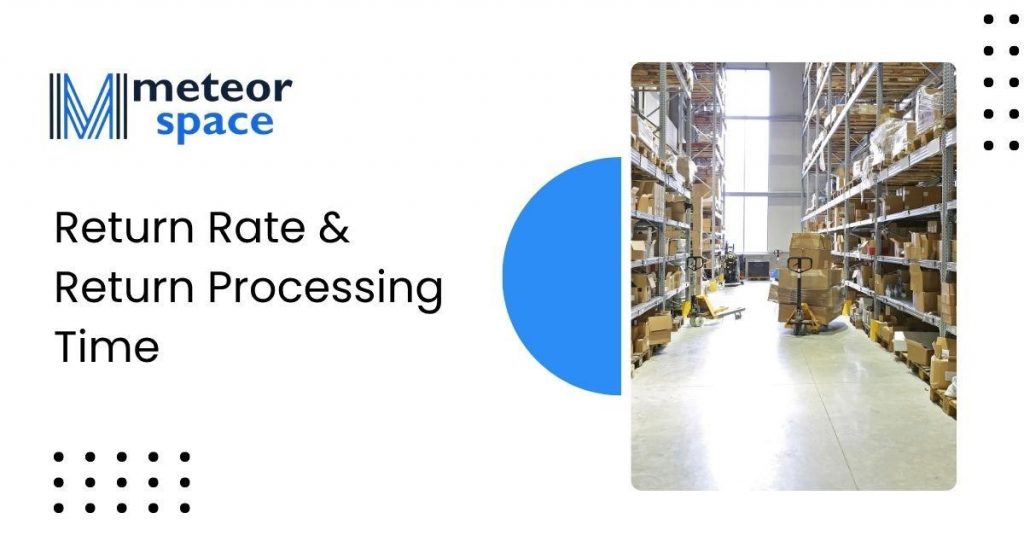
Returns are part of the game, especially in fashion and electronics.
Track:
- Percentage of orders returned
- Time taken to inspect, restock, and refund+
Optimizing this KPI is a smart way to reduce shipping delays in ecommerce and improve cash flow.
KPI 7: Average Fulfillment Cost per Order
This cost includes:
- Labour
- Packaging
- Storage
- Shipping
It’s one of the most critical ecommerce fulfillment KPIs because it affects your profit margins directly. Reducing this figure (without compromising accuracy) should be a long-term goal.

How to Improve Order Fulfillment Process Using These KPIs
Ready to optimize? Here’s how to turn data into action:
- Audit your fulfillment flow from order receipt to delivery
- Set benchmarks for each KPI based on industry averages and internal goals
- Implement real-time dashboards with your warehouse management system (WMS)
- Use automated alerts for deviations in core KPIs
This structured approach not only improves your numbers but also uncovers ways to optimize ecommerce fulfillment over time.
Common Challenges in Order Fulfillment and How to Solve Them
Problem: Slow packing process
Fix: Use pre-configured packaging, packing stations, and staff training
Problem: Inventory discrepancies
Fix: Regular cycle counts and system audits
Problem: High returns
Fix: Clear product descriptions, better quality checks, faster return handling
Overcoming these challenges is key to mastering common challenges in order fulfillment before they become costly.
How to Make Your Fulfillment Process More Efficient Without More Headcount
Scaling doesn’t always mean hiring more staff. Here’s how to scale smart:
- Streamline SKUs: Reduce complexity by focusing on high-performing products
- Prioritize high-velocity items: Store fast movers close to packing zones
- Reduce travel time: Optimize warehouse layout
- Invest in automation and training: Tools plus talent equals transformation
These steps show you how to make your fulfillment process more efficient without blowing your budget.
Best Practices for Warehouse Performance Optimization
Want a high-performing warehouse? Start here:
- Slotting logic: Place top sellers near the packing area
- ABC analysis: Prioritize A-level SKUs for speed
- Batch picking: Combine similar orders to save time
- Automation: Barcode scanners, conveyor belts, pick-to-light systems
Implementing these best practices for warehouse performance boosts output, accuracy, and staff morale.
Conclusion
Measuring and refining your fulfillment KPIs has moved from a preference to a strategic requirement. The metrics discussed above reveal where you can move faster, trim costs, and deliver the experience customers expect.
Meteor Space supports leading retailers across the United Kingdom and Europe through advanced pick and pack services and real-time inventory visibility. Our expertise helps brands streamline fulfillment, scale operations, and raise customer satisfaction levels.
Want to work with the best fulfillment service company 2025? Get in touch with Meteor Space and get a quote today.
FAQs
1. What’s a good on-time delivery rate?
Aim for at least 95%. Best-in-class providers average 98% or higher.
2. How frequently should KPIs be reviewed?
Monthly for high-volume operations. Quarterly is sufficient for smaller or seasonal businesses.
3. Which KPI shows the biggest cost savings when improved?
Average fulfillment cost per order. It directly impacts your profitability and scalability.
Author:
Namrata Chawla
Namrata Chawla, a professional writer, crafts compelling weblog content on warehouse management, inventory control, logistics, and beyond. With a wealth of experience in this niche, she’s dedicated to delivering unique, informative, and top-tier posts. Her commitment to exploration ensures fresh perspectives in each insightful blog post.
UPDATED ON: 25th June 2025

